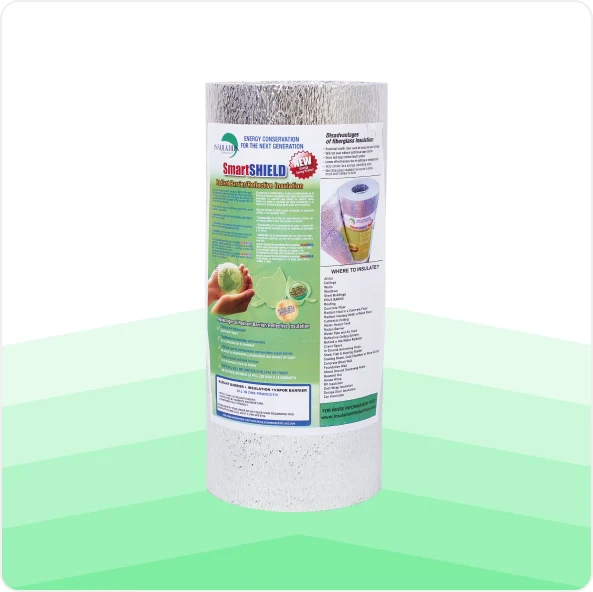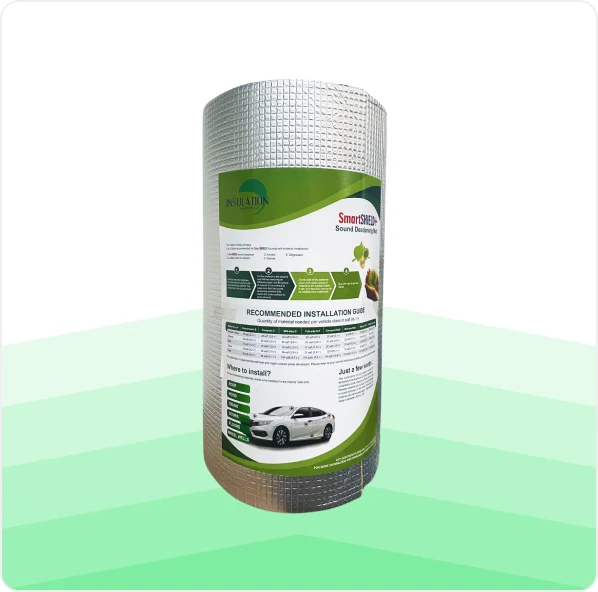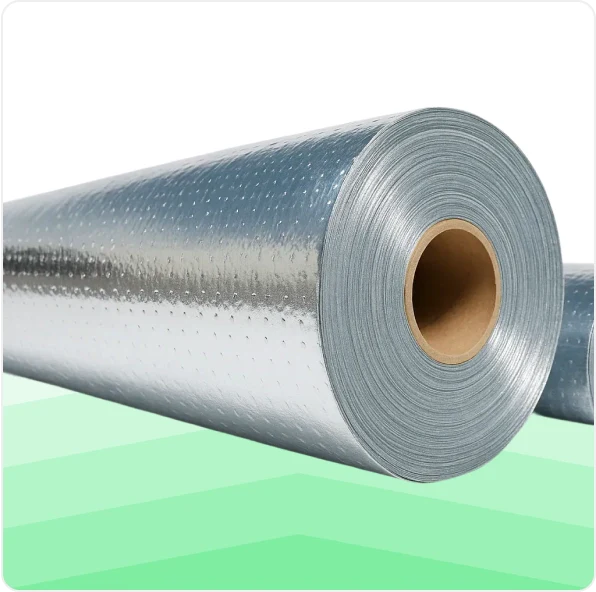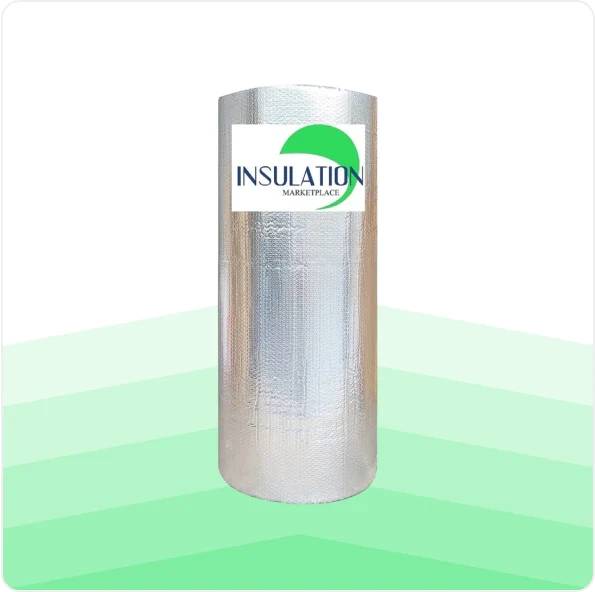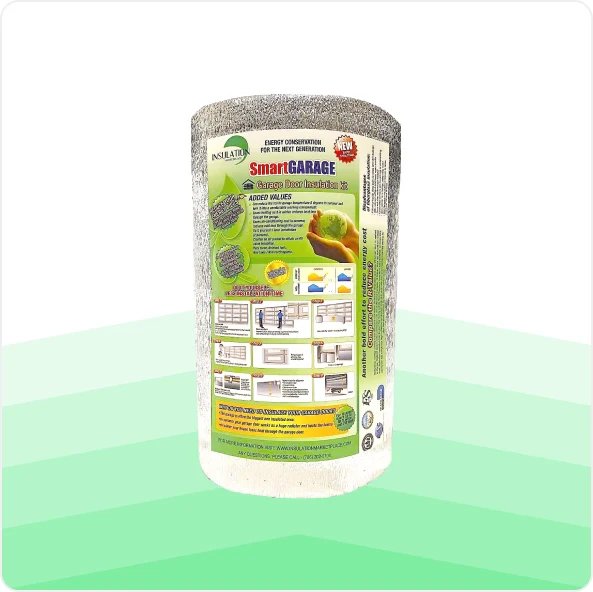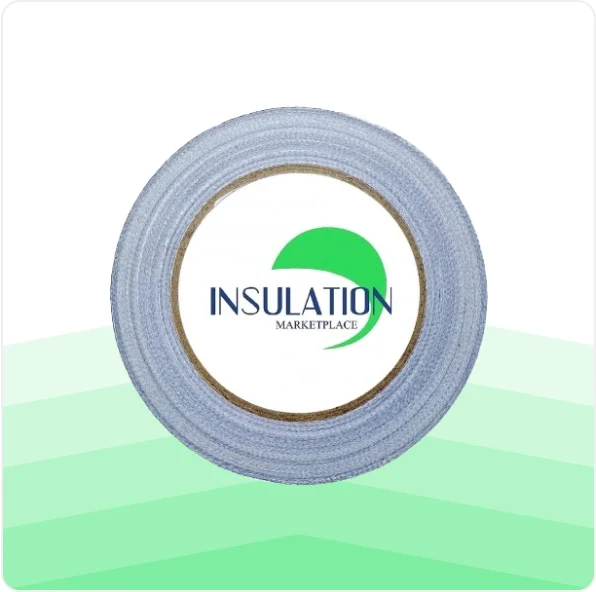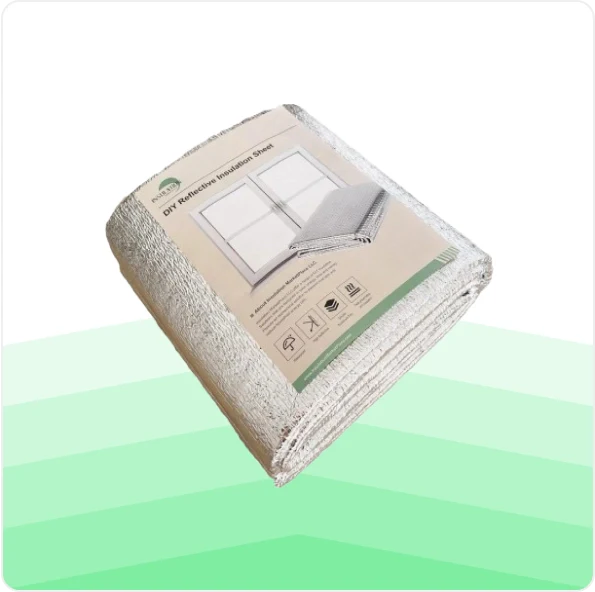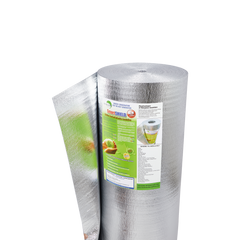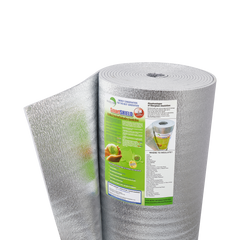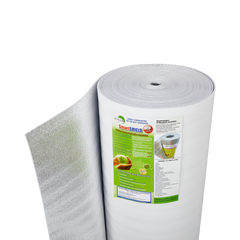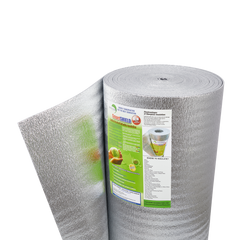A cathedral ceiling is a high, sloped ceiling that follows the roofline and typically has a central ridge running down the middle. These ceilings create a spacious and open feeling in a room, adding architectural interest and often making the space appear larger. Proper insulation is essential for cathedral ceilings to ensure energy efficiency and prevent issues like condensation and heat loss.
Insulating cathedral ceilings is essential to maximize energy efficiency, comfort, and prevent moisture problems. Proper insulation methods can make a significant difference in maintaining a consistent indoor temperature and reducing energy costs.
Use: SmartSHIELD 10MM, SmartSHIELD 5MM, SmartSHIELD 1/4 Inch, or SmartSHIELD 20MM
How To Insulate A Cathedral Ceiling

1. Install unfaced mass insulation with at least a 1 inch air-gap between it and roof sheathing.
2. Staple, screw or tape SmartSHIELD Reflective Insulation to underside of trusses.
3. Seal seams with reflective tape.
4. Install 1" x 2" wood strapping under SmartSHIELD Reflective Insulation.
5. Install Drywall over the strapping.
Key Considerations for Insulating Cathedral Ceilings
1. R-Value Requirements: The R-value measures the insulation's resistance to heat flow. Higher R-values mean better insulation performance. For cathedral ceilings, the recommended R-value typically ranges from R-30 to R-49, depending on the climate zone.
2. Ventilation: Adequate ventilation is crucial to prevent moisture buildup and roof damage. Ensure proper air circulation between the roof deck and the insulation.
3. Moisture Control: Use vapor barriers and proper sealing techniques to prevent moisture from entering the insulation and causing mold or rot.

